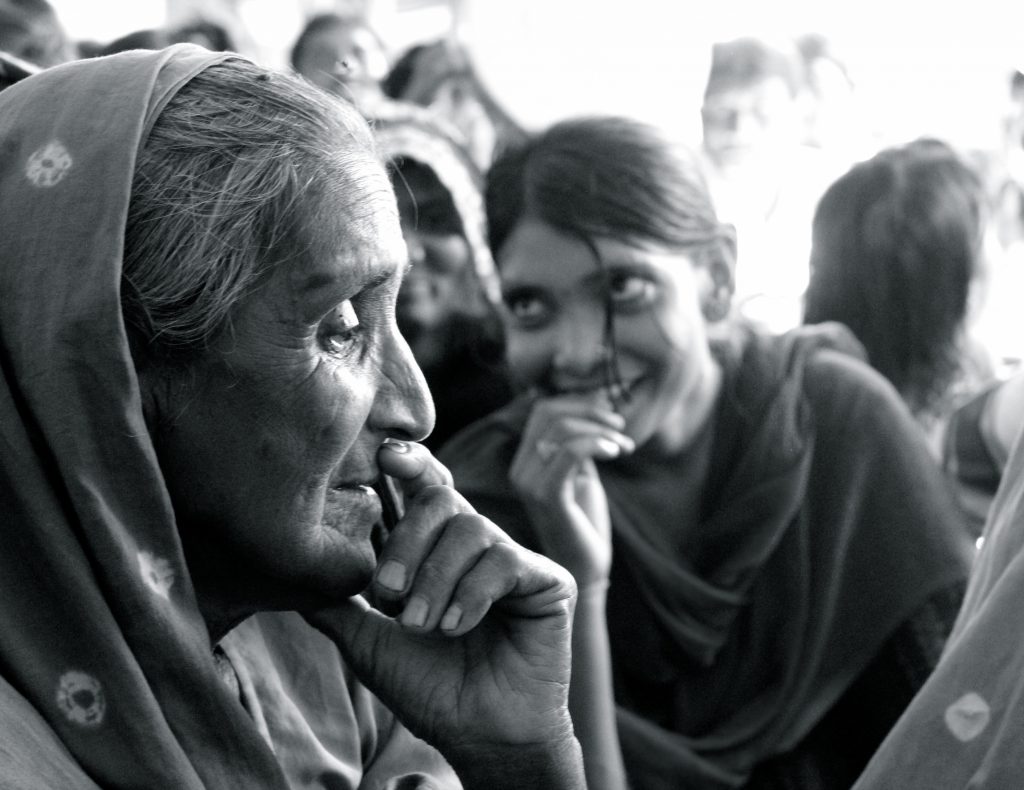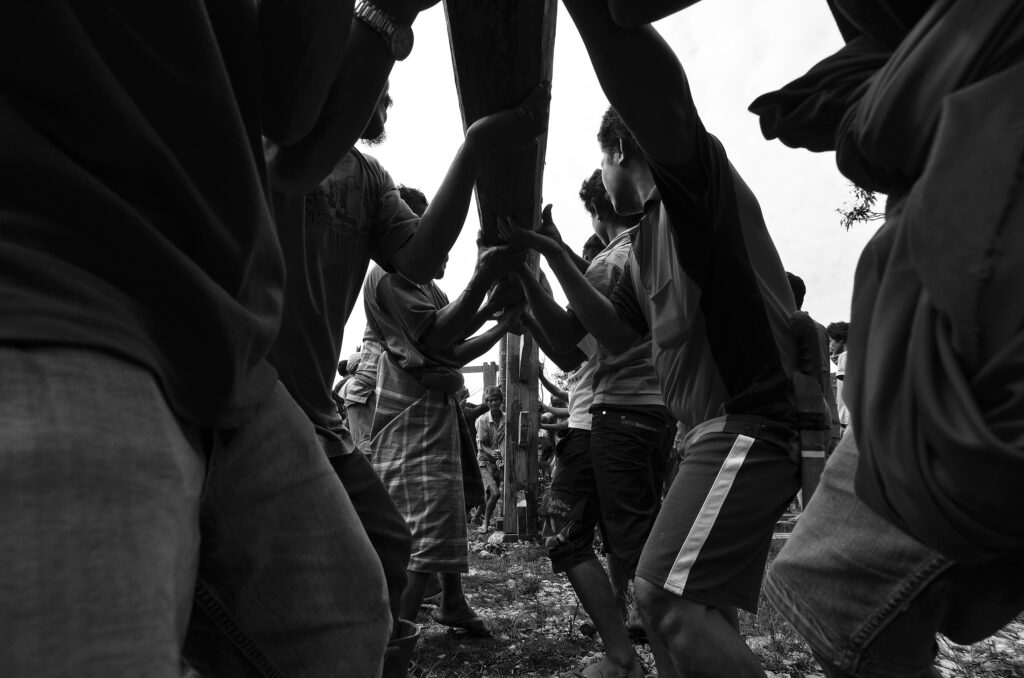
Our History (Working Draft)
This is InterAction
In 1984, the American Council of Voluntary Agencies in Foreign Service and Private Agencies in International Development merged and became InterAction—an organization that would be dedicated to speaking with one voice on development and aid issues.
Nearly four decades later, InterAction is still doing just that.
InterAction is a convener, thought leader, and voice for international non-governmental organizations working to eliminate extreme poverty, strengthen human rights and citizen participation, safeguard a sustainable planet, promote peace, and ensure dignity for all people.
“…So that two plus two would equal ten or eleven, instead of four…”

1943-88: The Early Years
1943
The American Council of Voluntary Agencies for Foreign Service is founded to promote joint planning and acting on matters of mutual interest to its ~100 Member NGOs.
1980
Private Agencies in International Development is founded, with a focus on advocating for greater foreign aid funding from the U.S. government. It had about 100 Members when founded.
1984
Private Agencies in International Development and the American Council of Voluntary Agencies for Foreign Service combine to become InterAction, "So that two plus two would equal ten or eleven, instead of four."
1988
President Reagan signs the 1989 Foreign Ops Bill, with language ensuring systematic integration of women into all U.S. development assistance programs—an early InterAction advocacy success.

1991-99: The Advocacy Age
1991
InterAction merges the New York and Washington, D.C. offices into a D.C.-based headquarters.
1992
Following extensive advocacy by InterAction, President H.W. Bush signs the Horn of Africa Recovery and Food Security Act, increasing development and peacekeeping efforts and renouncing the use of military solutions.
1995
More than 200 InterAction Members hit Capitol Hill on Advocacy Day. Inaugural Member CEO Retreat takes place the same year.
1997
Pizza boxes are given to every member of Congress as part of the Just One Percent campaign. The successful advocacy campaign reverses previous cuts to international affairs funding for F.Y. 1998—starting the new millennium with a victory.

2000-10: A New Vision
2006
Sam Worthington becomes InterAction's CEO, pushing the organization through financial turmoil and toward the future.
2006
President Bill Clinton speaks at InterAction Forum, "This organization, which is committed to making sure that NGOs do not live unexamined lives but instead constantly examine not only what you're doing but how you're doing it and whether you're working with others to maximize effectiveness, is profoundly important."
2007
Two-year negotiations between InterAction and the Department of Defense results in guidelines that delineate clean, clear, and separate roles for NGOs and the military, which later become part of standard military training.
2008
InterAction readdresses its mission and purpose. After over two years of discussion, the organization pivots toward becoming a thought leader and voice for international NGOs.
2010
InterAction plays a key role in coordinating the response to the Haitian earthquake and framing public and media discussion. NGO Aid Map debuts to help coordinate this response.

2011-Present: Into the Future
2011
InterAction debuts "Choose to Invest in Foreign Assistance," its key advocacy tool for freshmen Members of Congress containing budget analysis, narratives, and photos of effective aid proposals.
2012
The White House gives InterAction public credit for influencing and improving the Administration's G8 food security and nutrition proposal.
2012
InterAction helps found #GivingTuesday, inspiring Americans to give back during the holiday season.
2013
The U.S. Supreme Court sides with InterAction on NGO First Amendment rights, a major breakthrough for U.S.-based international NGOs.